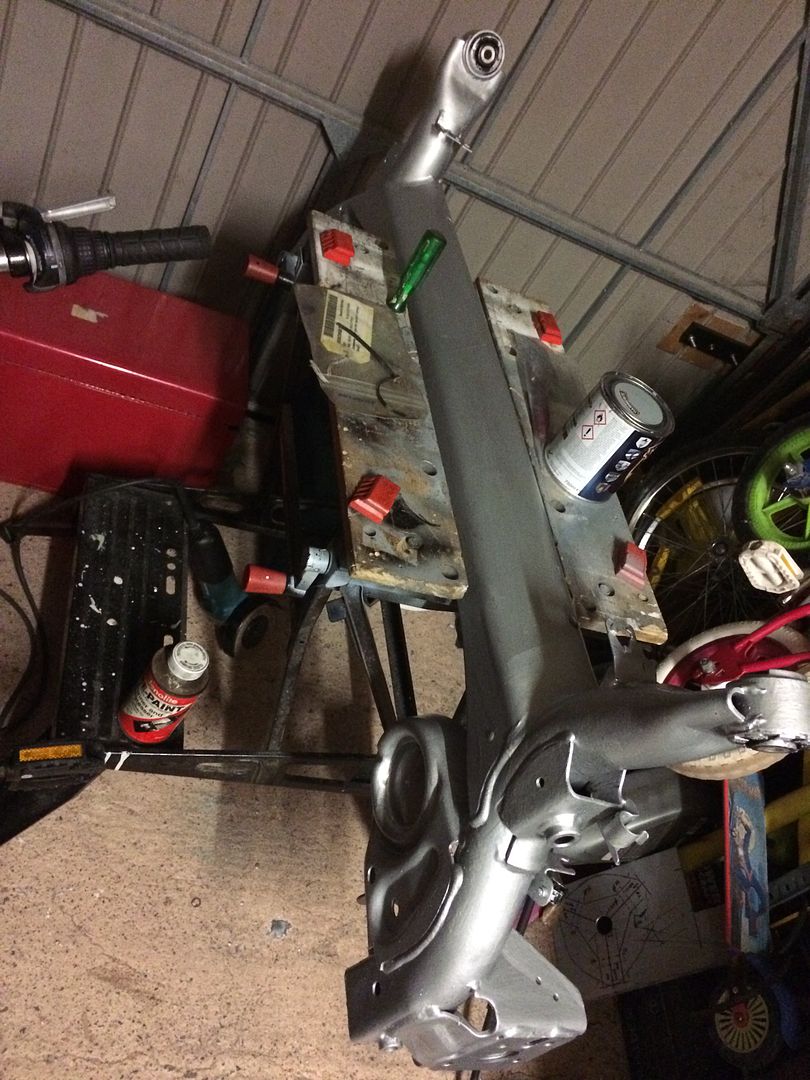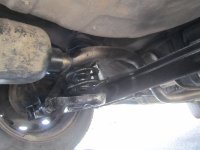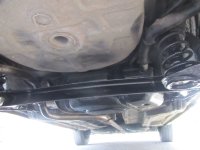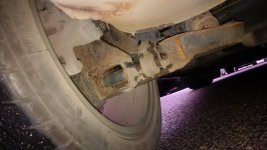Anyone with an actual answer to my question rather than a condescending statement?
Portland Bill's comment isn't a condescending statement - it's a well-reasoned and important consideration from a long standing and well-respected forum member, and you'd be well advised to take it seriously. Correct four wheel tracking on the car is dependent on the rear beam being dimensionally correct to small fractions of a millimetre. Even the factory sometimes get this wrong; when these cars were new, several folks reported premature rear tyre wear and a number of rear beams were changed under warranty.
Unless you have the means to ensure these brackets are replaced to the required dimensional accuracy, then at best you'll see rapid and uneven tyre wear, at worst, the car will handle dangerously.
As far as any other differences between the axles are concerned, until someone with access to the various parts takes proper comparative measurements, we simply don't know what, if any, these may be. Right now, the hub carrier brackets (and the stiffer beam on later 500's) are all that we know for sure.
Fitting a 500 beam will widen the rear track by 2" and that will turn a rigorously tested, homologated car into an unknown and unproven design. I can't see an insurer being keen to accept this modification, if declared, but if folks do this, find it works, and on properly declaring it, are able to get their cars insured without too much hassle or extra cost, then I'll be an enthusiastic supporter.






